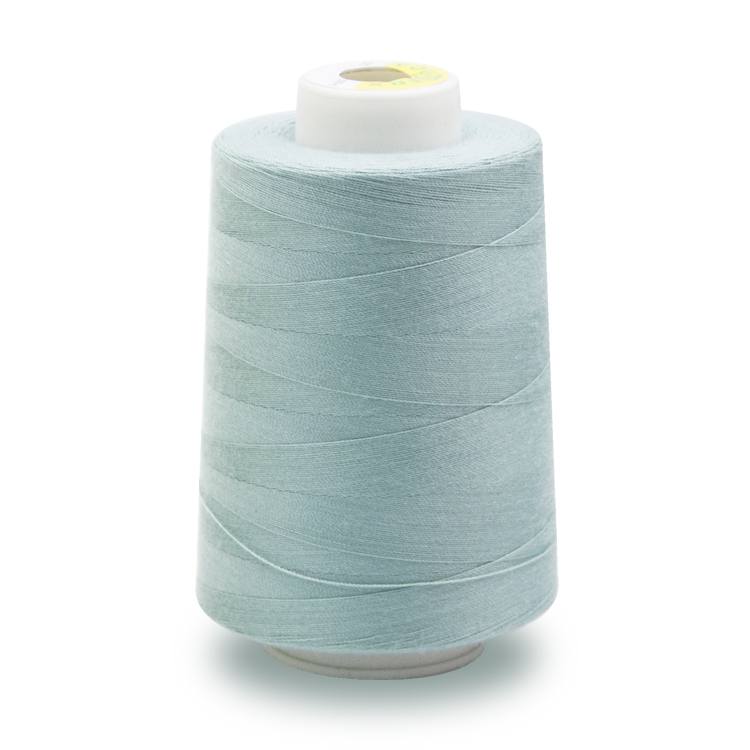
Analysis of the most complete yarn thread count defects(3)
(continued above)
(13) End snarl
Appearance: One of the warp yarns threads of a fabric is woven into the fabric by a small piece of twisted and wound together. Fabrics woven with strong twist yarns threads are more likely to occur.
Cause of formation: During warping, one of the warp yarns thread is excessively relaxed, resulting in a period of shrinkage.
(14) Filling snarl
Appearance: The weft yarn thread of the fabric is woven into the fabric by a small stretch of twisting and winding. Fabrics woven with strong twist yarns threads are more likely to occur.
Cause of formation:
1). In the weft tube or the bobbin yarn thread used for weft yarn thread, there is a phenomenon of small yarn winding and twisting.
2). The weft tube is not properly formed and the yarn is not smooth when unwinding.
3). The weft tension is too small and the opening of the weft is not clear.
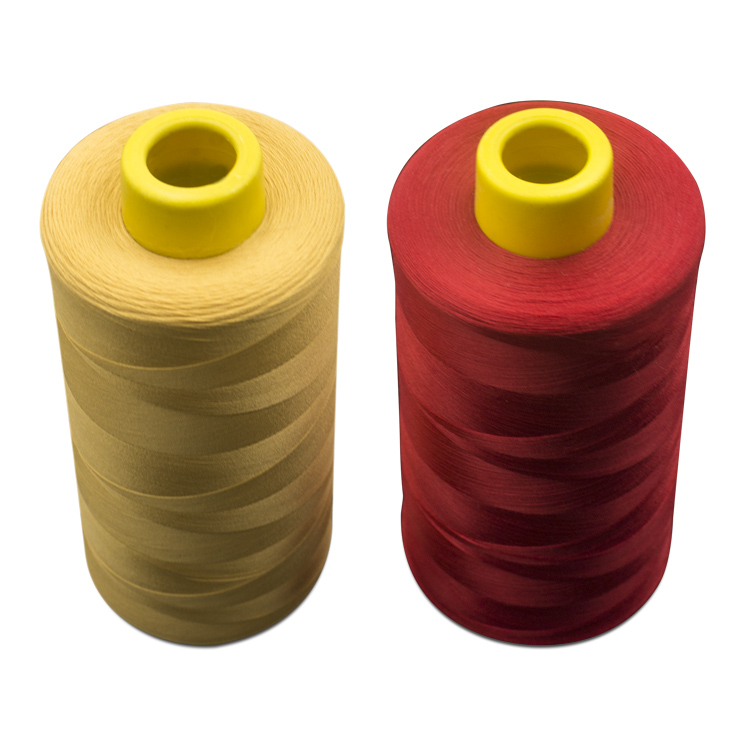
(15) Reed mark
Appearance: There is a big gap between the two warp yarns threads of the embryo cloth, and the weft yarn woven can be seen, which is jagged by the action of reed teeth.
Causes of formation:
1) Reed teeth are deformed, warp yarn thread can not be controlled in positioning, or reed teeth are loosened.
2). There is one or several intervals in the warp yarn thread, which causes excessive tension during weaving.
(16) Temple mark
Appearance: In the edge of the cloth, there are traces of needling or scratching by needling about 2 to 5 cm wide. Seriously, the weft in this part is wavy and bent.
Cause of formation: The needle size of the side brace is not suitable, and the side brace ring can not be rotated, or the rotation is not smooth enough.
(17) Shuttle rolling
Appearance: In the position near the edge of the fabric, there are many broken warps thread in succession. Although the warp thread is connected properly, there are still many yarn tails on the surface of the fabric after the weaving, and the fabric woven at the joint is very sparse.
Cause of formation: The shuttle is clamped in the shuttle channel, which cuts off many warp yarns threads. Most of them are formed by the poor structure of shuttle and the hindrance of the movement of shuttle throwing and opening. This defect can be avoided by using shuttleless looms now.
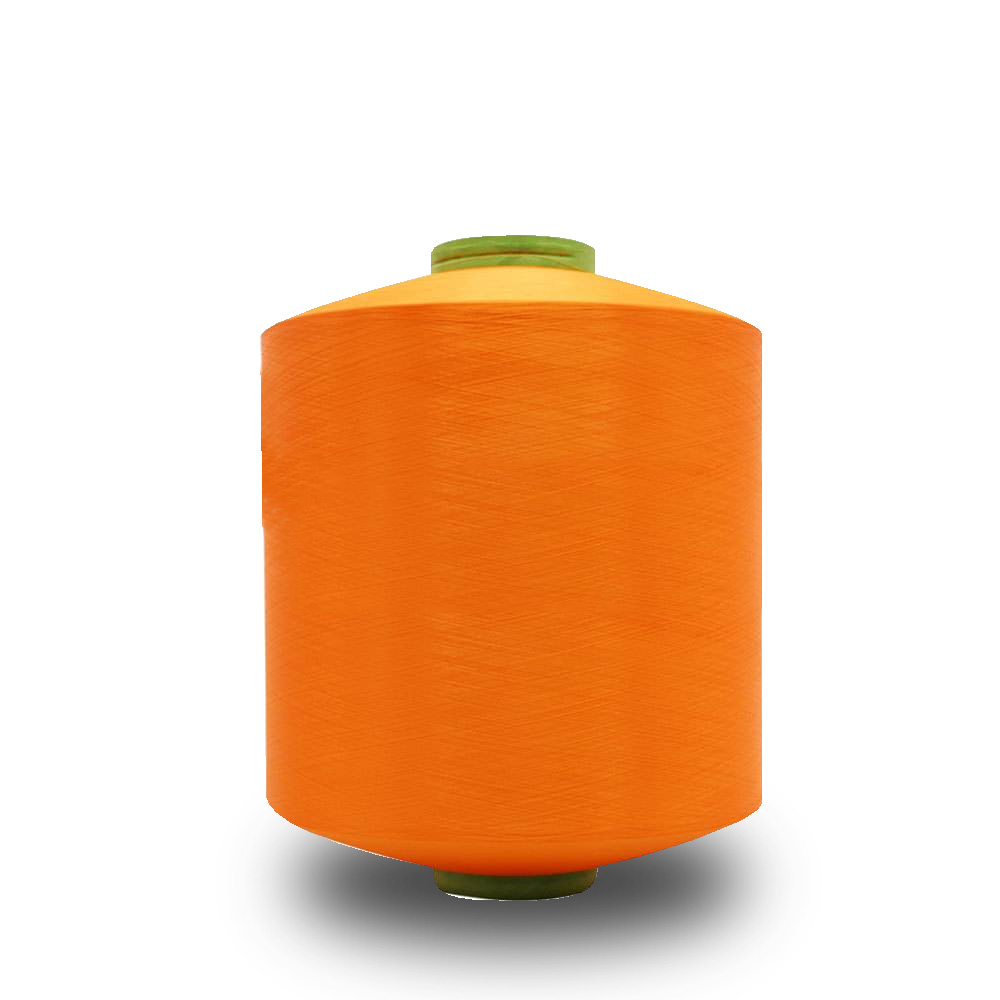
(18) Reedness
Appearance: Two warp yarns threads are squeezed together, and the gap between the left and right warp yarns increases, forming a checkerboard-like checkerboard with the weft yarn thread.
Cause of formation:
1). Weaving opening angle is too large.
2). The difference of warp tension between upper and lower layers is too large.
3) The density of reed teeth is uneven.
(19) Yarn thread tail
Appearance: On the cloth surface or at the edge of the cloth, there is a yarn thread tail stretching out the cloth surface.
Cause of formation: Due to the breakage of warp or weft yarn thread, the tail of yarn thread is not cut off after fitting. Or the edge shear of the loom fails and the end of the yarn thread after weft change is not cut off.
(20) Knot
Appearance: Cloth surface with tight knots of large and small balls.
Cause of formation: After warp or weft breaks, the knot is too big to protrude out of the fabric.
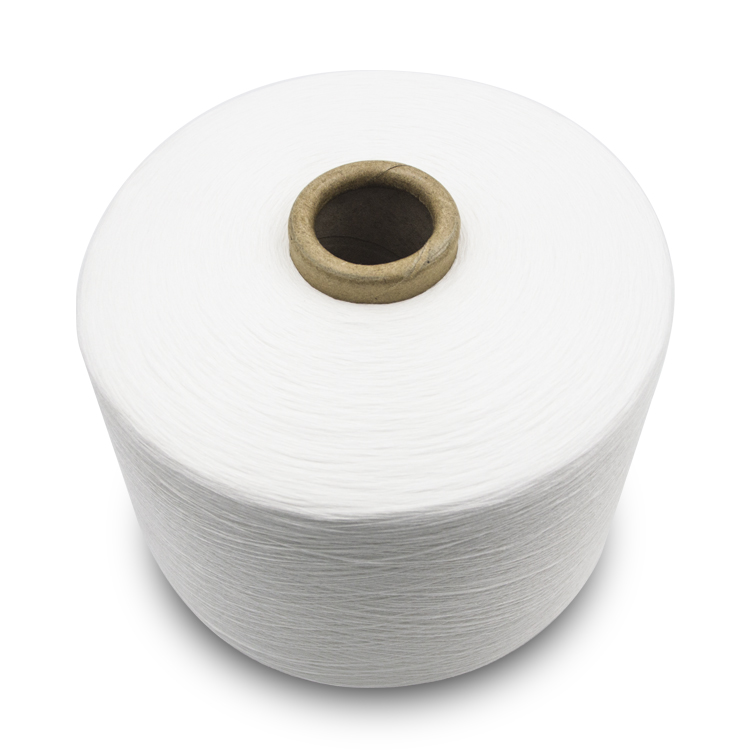
(21) Float
Appearance: The warp or weft yarn thread is not woven in accordance with the required weave, but floating on the fabric.
Cause: The opening angle of the loom is too small, or the filament is uneven, and a few warp yarns are particularly relaxed.
(22) Cobweb
Appearance: The warp yarn thread or weft yarn which is judged by each other will jump in the same part of the yarn thread, so that the fabric in one part will not have interlacing points and form a network.
Cause of formation: The same as skip yarn thread, but more serious.
(23) Weaving hole
Appearance: The warp and weft yarns threads of the embryo cloth break and form holes of different sizes.
This kind of defect easily occurs in the fabric with denser warp and weft.
Cause of formation: Shuttle friction, taker-in roll holding fishing hook, will make the warp and weft broken, and shuttle rolling can also make the warp yarn thread broken.
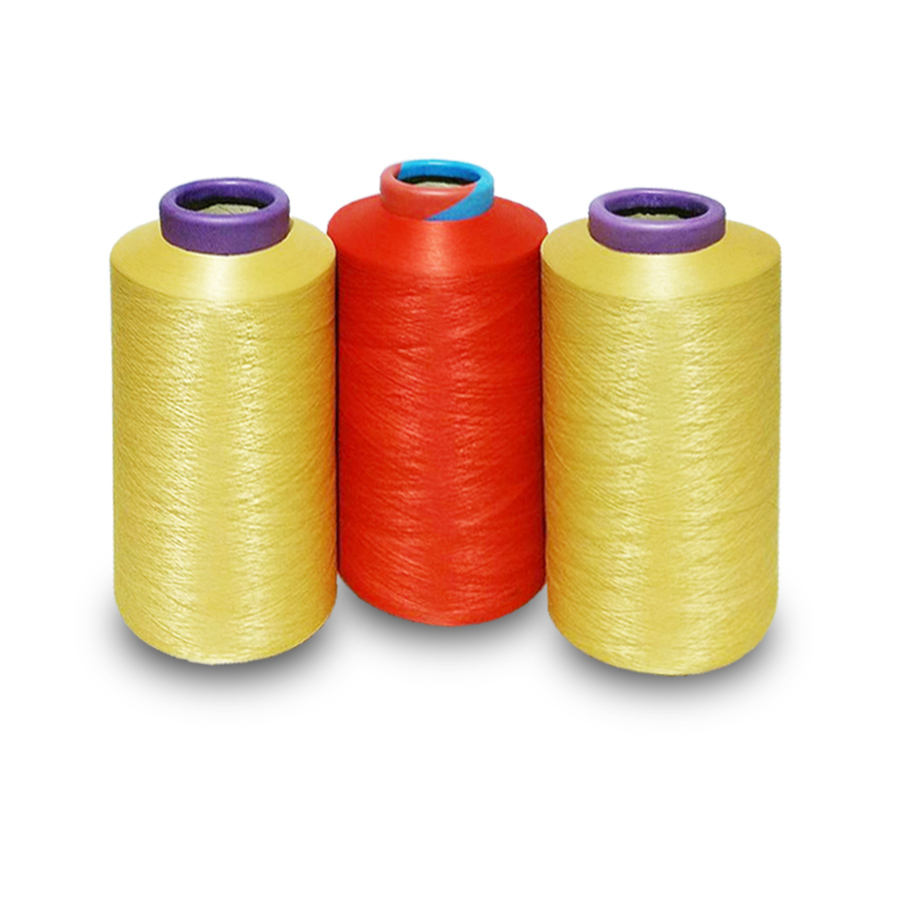
(24) Slack end
Appearance: A warp yarn thread woven into a cloth has a convex and concave surface at its interlacing point, which is more convex and concave than the normal one, and has an upward arch phenomenon. Generally, it is called Jinli in factories.
Cause of formation: When weaving a single warp yarn thread, the tension is small, or the warp yarn thread is too loose after joining the warp yarn thread.
(25) Slack filing
Appearance: A weft woven into the fabric, in its interlacing point, more normal protruding out of the fabric surface, there is a phenomenon of upward arch. Generally, it is not obvious.
Cause of formation: The tension of a single weft yarn thread is less than that of a single weft yarn thread.
(26) Tight end
Appearance: A warp pattern in the cloth pattern is relatively flat, and the interlacing point is concave into the cloth surface. It is more obvious in twill and satin fabrics, which will lead to uneven cloth in serious cases.
Cause of formation: One of the causes of warp yarn thread is that the tension of weaving is too high, or the warp yarn thread is too tight after breaking.
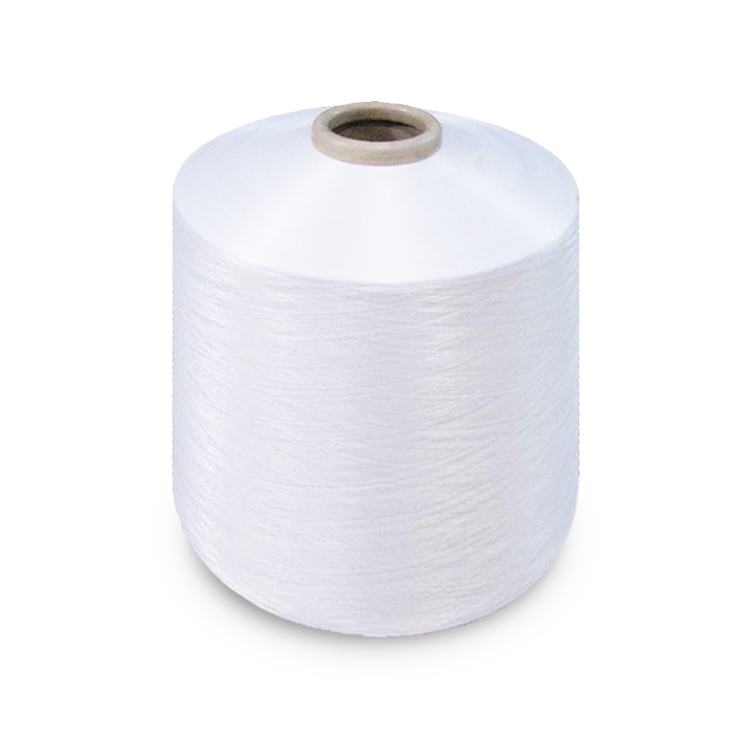
(27) Titht filling
Appearance: One weft in the fabric is flat, and the interlacing point is concave into the fabric surface. This kind of defect is relatively rare, both of which are not obvious.
Cause of formation: Weft withdrawal or withdrawal is not smooth, occasionally the tension is too large when weaving.
(28) Cracks
Appearance: Several warp yarns threads or weft yarns are arranged side by side in an arc inclined to form a gap.
Cause of formation: Larger knots, flying flowers, warp shrinkage, weft shrinkage, etc., after being removed, the adjacent warp or weft yarns are not tightly combed with steel.
(29) Root repair
Appearance: Weaving produces serious defects, which are eliminated and repaired, but there are still traces left.
Cause of formation: Broken warp, diluted, dense road, etc., although the cloth repairer combed with steel, but the yarn arrangement is still abnormal, and there is a phenomenon of bending.
(to be continued)




